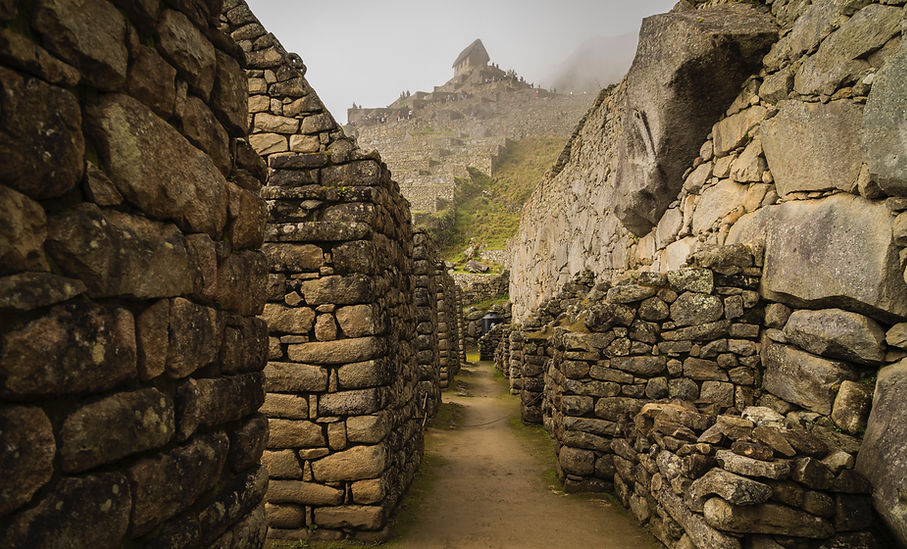
Alpaca Expeditions

Unsplash

Sergio Arze

Alpaca Expeditions
"Firme y feliz por la unión"
-National Motto of Peru


PERUVIAN FLAG
The Peruvian flag has evolved for centuries. It first appeared in 1820 after San Martin freed Peru from the Spanish. He then confirmed the first flag of Peru, incorporating white and red to represent the flock of flamingos that took flight upon his arrival. Two years later in March, local independent partisans changed the flag to define a new era of Peruvian independence with the Incan sun in the middle. Unfortunately, the resemblance of the flag confused people with the Spanish flag. In May, the flag was altered due to the similarity of the Spanish flag. Finally, in 1825 the design now in use was established. The red and white vertical stripes from the previous flag were retained, but a new coat of arms replaced the sun. Its shield is framed by a wreath of palm and laurel branches surmounted by another. The shield is divided into three parts with figures symbolic of national pride and wealth. The vicuña, a camel-like creature that lives in the high mountains of the Andes represents the first quartering. This stands for freedom, national pride, and heroism. The second quartering has a cinchona tree, a tree that is native to the tropical Andes forests. Finally, the bottom half of the shield displays a cornucopia that spills gold and silver coins symbolizing the nation's mineral wealth. In addition, the white stripe of the flag is said to represent purity, and the red represents the blood of patriots. (Britannica)
ECONOMY OF PERU
"We have a shared vision of an inclusive, sustainable, and resilient growth."
-President Dina Boluarte
Peru is a less-developed country whose economy relies on exporting raw materials to the more-developed countries along the Northern Hemisphere, being one of the world's leading producers of fish and petroleum products. Historically, Peru has had a long history of unstable politics, leading to social division and a higher power. The GDP of Peru is $517.644 billion; this is relatively high compared to other less-developed countries in Latin America but not exceptionally high. While Peru experienced significant economic growth before the pandemic, recent years have seen slower growth due to political instability and other factors. The current GDP growth rate in Peru is -0.55%. Peru relies on tourism as their main income. The distribution of labor forces vary from service (56.9%), agriculture (25.7%), and industry (17.5%). Peru's world economy ranking is 49th, proving it is considered a "middle-income" economy with a significant GDP, but when compared to other countries, its per capita income is not as high, meaning the wealth is not distributed equally across its population. Peru’s main export partners are China (30%), the US (15%), Japan (5%), Canada (5%), and South Korea (4%). The exported materials are usually copper ore, gold, natural gas, refined copper, and refined petroleum. Peru’s main import partners are China (27%), the US (24%), Brazil (6%), Argentina (4%), and Chile (3%). The imported materials are usually crude petroleum, cars, broadcasting equipment, and trucks. The countries bordering Peru have similar standings. Ecuador, which is north of Peru, has a GDP of $260.213 billion and a GDP growth rate of -2.36%. Columbia, which is also north of Peru, has a GDP of 118844.826 million and a GDP growth rate of -0.61%. Brazil, which covers half of the eastern portion of Peru, has a GDP of 978.007 billion and a GDP growth rate of 2.91%. Bolivia, which covers the other eastern portion of Peru, has a GDP of 120.531 billion and a GDP growth rate of -0.55%. Finally, Chile covers the small bit of Southern Peru. Chile has a GDP of 579.201 billion and a GDP growth rate of -3.08%.
